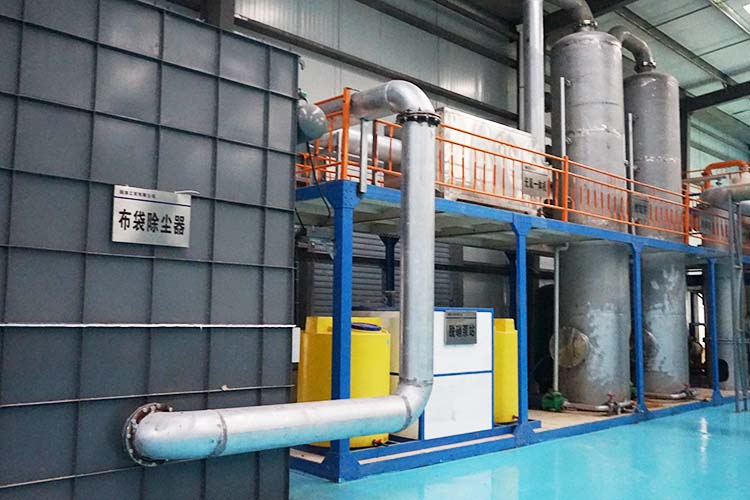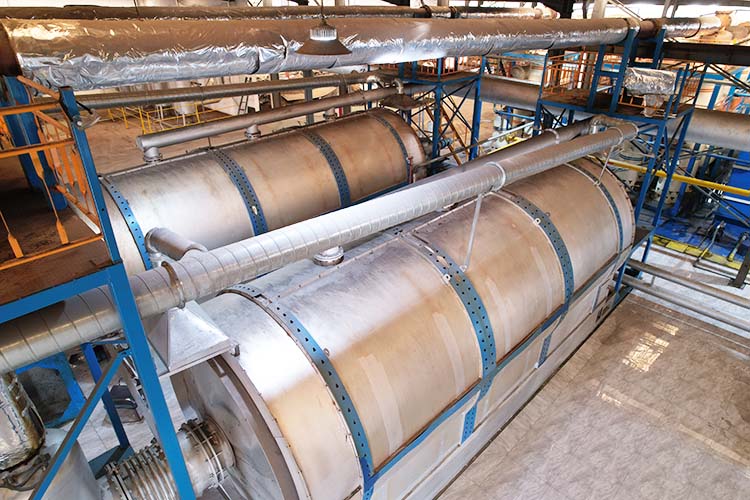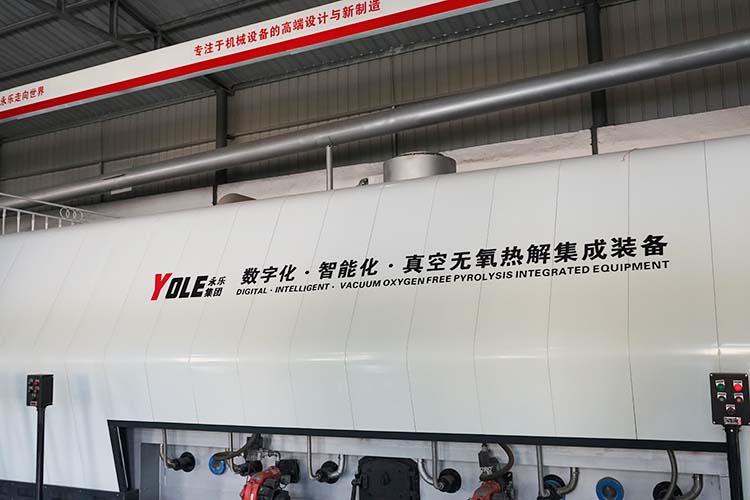In the field of industrial solid waste treatment, fly ash hazardous waste resource recovery systems achieve dual objectives of pollutant removal and valuable component recovery through modular design. The fly ash treatment equipment uses bulk fly ash stored in silos and ton-bag packaged fly ash as raw materials, combined with a salt-containing wastewater pretreatment unit to form the front-end material supply system. Fly ash undergoes negative-pressure conveying into the washing section, where multi-stage countercurrent washing effectively separates chloride salts and heavy metals. The low-chlorine ash from filter pressing enters a thermal desorption rotary kiln, decomposing dioxin-like substances under precise temperature control to produce ash meeting raw material standards for geopolymer cementitious materials. This thermochemical treatment ensures environmental safety and grants fly ash a second life as a construction material raw material.

The evaporation crystallization subsystem exemplifies zero liquid discharge design. The leachate undergoes multi-media filtration before entering plate preheaters for stepwise heat exchange with system-generated clean condensate.
This energy integration design increases feed liquid temperature by nearly 40%, significantly reducing steam consumption in subsequent evaporation processes. The sodium chloride forced-circulation evaporator features an anti-scaling slurry circulation pipe and an automatic salt discharge system to ensure continuous operation. Wet salt after centrifugal separation is dried in fluidized bed dryers to achieve sodium chloride products meeting industrial-grade purity standards, with bulk density and whiteness satisfying market requirements. The triple-stage flash crystallization unit achieves selective potassium salt crystallization through stepwise pressure reduction, while a unique mother liquor reflux design enhances comprehensive potassium-sodium recovery rates.

The final mother liquor drying unit adopts a hybrid thin-film evaporation and spray drying process, converting difficult-to-treat concentrated mother liquor into stabilized mixed salts. The entire system dynamically regulates material balance across units via PLC control.

From an environmental protection perspective, this equipment diverges from conventional landfill approaches—converting nearly 90% of components per ton of fly ash into reusable resources. By-products like sodium chloride and potassium chloride re-enter the circular economy as chemical raw materials, while geopolymer materials derived from thermal desorption ash exhibit CO2 emission reduction characteristics, forming a complete value chain from waste treatment to green materials. This integrated solution addresses hazardous waste risks while generating significant economic benefits, offering an alternative pathway for the industrial solid waste treatment sector.
Yongle Environmental Protection is mainly engaged in the research and development, production and sales of complete sets of technical equipment for organic solid waste disposal and comprehensive utilization. Production and manufacturing, domestic waste treatment equipment, tire pyrolysis equipment, medical waste disposal equipment, hazardous waste disposal equipment, and achieve efficient and comprehensive utilization of resources through independently developed low-temperature anaerobic pyrolysis equipment technology solutions.
Tags:Fly ash hazardous waste treatment equipment resource treatment program,Fly ash hazardous waste treatment equipment,YONGLE GROUP
 Latest news
Latest news


























